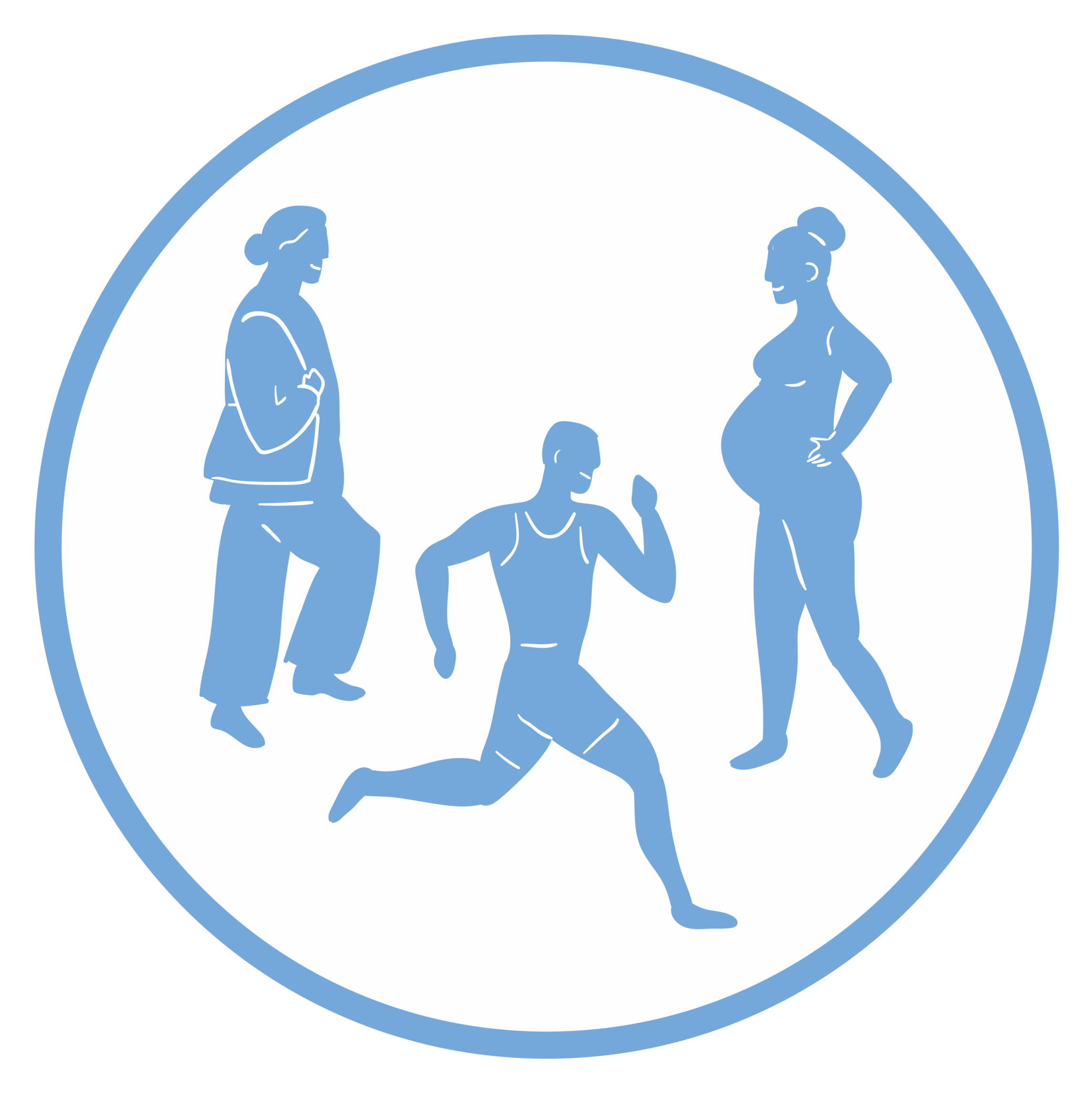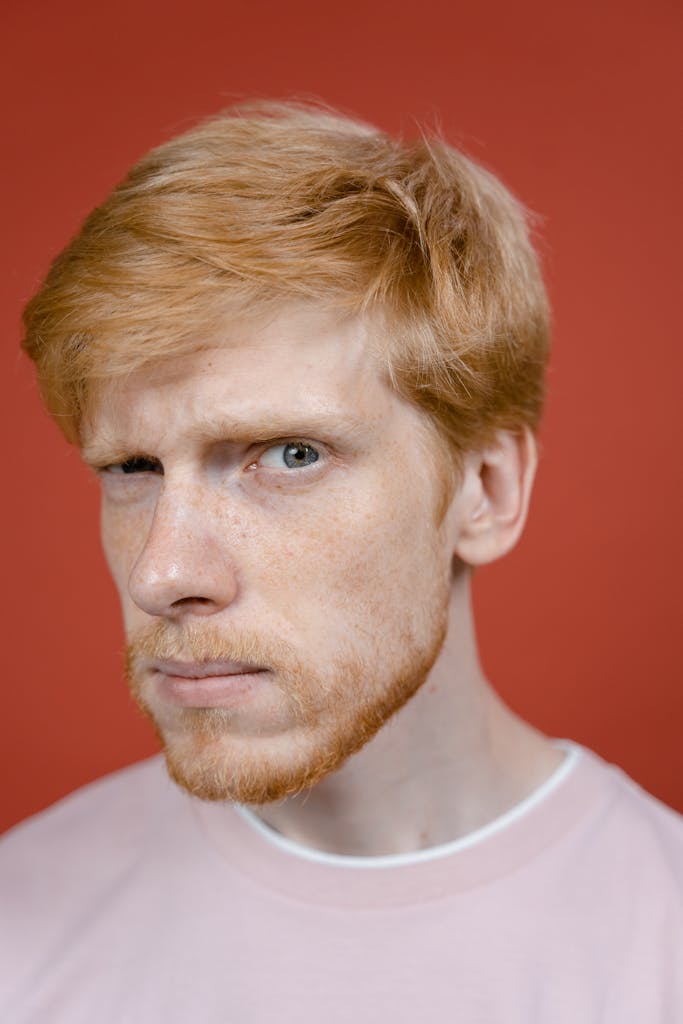
The direct answer:
Yes, osteopathy can be a legitimate treatment – with the right practitioner.
Here’s the important nuance:
According to INSERM,“in all cases, the efficacy of osteopathy appears modest at best” and“with no proven superiority over more conventional alternatives“. But this assessment encompasses a very heterogeneous profession – with excellent practitioners unfortunately rubbing shoulders with less rigorous approaches.
So it all depends on the training,approach andintegrity of your osteopath.
Let’s explore the subject:
- The situation in Quebec
- What is osteopathy?
- Differences with other professions
- What science says
- Risks to be aware of
- What to expect
- For whom it’s suitable
- How to choose an osteopath
- The verdict
- Frequently asked questions
First, an important reality in Quebec
Key point to remember: In Quebec, the practice of osteopathy is currently tolerated, but not regulated (2025).

TheOffice des professions du Québec recommended the creation of a professional order in June 2022, but we’re still waiting. The government says it is waiting for“the establishment of a complete university training program” before approving the creation.
Without a professional association (2025), the quality of training varies enormously between practitioners. Serious osteopaths must be members of a professional association in order to practice and have insurance, but standards are not uniform.
What is osteopathy, really?
As an osteopath graduated from the Collège d’études ostéopathiques* de Montréal (CEO Montréal) and a certified athletic therapist since 2004, I practice osteopathy in the sense that I base myself on a thorough understanding of anatomy and biomechanics.
It’s a manual approach that assesses how the body’s various structures (bones, muscles, fascia, organs) interact with each other.
Good to know: * CEO Montreal has closed its doors (2025) in favor of university training. This is a sign that the practice of osteopathy is becoming normalized.
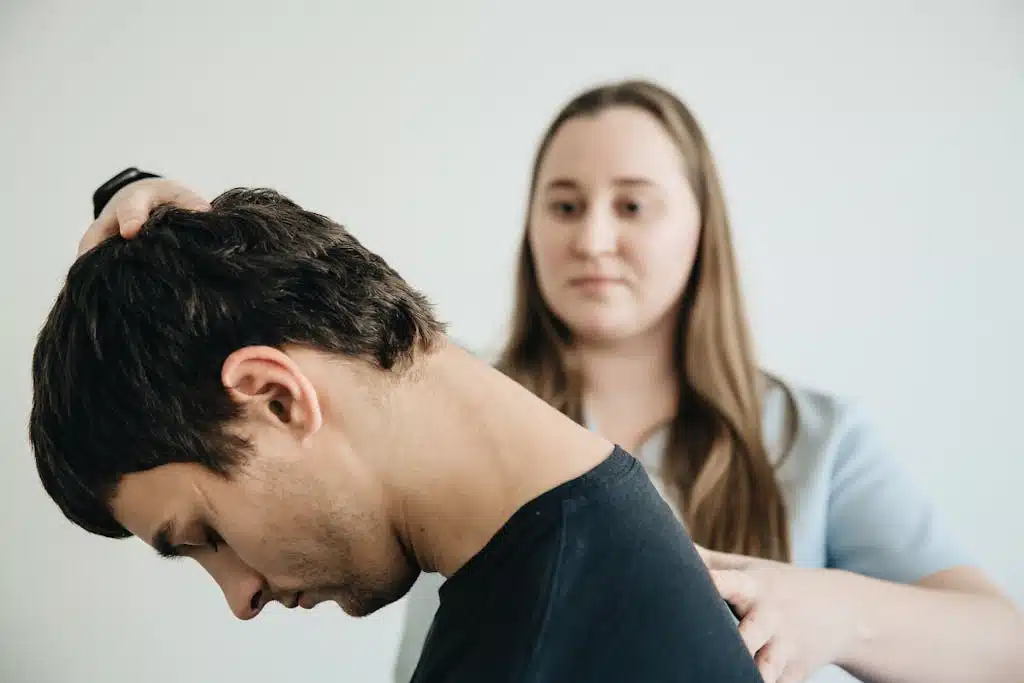
Example
You wake up with a stiff neck. Your shoulder twitches to compensate, then your back stiffens.
A competent osteopath will look for the source of the original problem, not just treat the current symptom.
The scope of practice recommended by the Office des professions is :
Assess the limitations of movement of human body structures and of these structures in relation to each other, determine a manual treatment plan and perform interventions with the aim of reducing these limitations and aiding healing and pain relief..
Osteopath in Quebec ≠ doctor
Very important: In Quebec, an osteopath is NOT a doctor.
He can’t:
- Diagnosing diseases
- Prescribing drugs
- Surgery
If you’re accustomed to the American medical scene, or if you read literature from our neighbor, you should know that in the United States, things are different. DOs(doctor of osteopathy) are full-fledged physicians. Here in Quebec, an osteopath is a manual therapist.
What science really says (and why it’s nuanced)
Osteopathic studies are complicated to interpret, and here’s why it’s important to understand.
The research challenge
Unlike a drug, which can be tested blind, it’s impossible to pretend to manipulate someone. What’s more, each osteopath has his or her own approach, making it difficult to standardize study protocols.
For back and neck pain
INSERM (a French institution) notes that“certain studies show a modest interest in osteopathy in addition to usual treatment” for spinal pain.
An important nuance: results vary enormously depending on the practitioner’s training and approach.


A recent Quebec study
A systematic review from 2023 concluded that“in spinal pain, studies indicated a superior benefit of osteopathy on pain and functional capacity compared to usual care“.
However, it notes that “the methodological quality was heterogeneous depending on the studies and their limited number”.
Source: Osteopathic manipulative treatment for spinal pain: a systematic review and meta-analysis (2023)
Similar findings were observed by ScienceDirect: Effectiveness of osteopathy for low back pain: A 2023 systematic review.
Under-exploited potential
Many rigorous osteopaths suspect that current studies do not reflect the true potential of osteopathy practiced by well-trained practitioners with a scientifically sound approach.
Risks (which you rarely hear about)
INSERM highlights“the rare but very worrying occurrence of serious vertebro-basilar accidents during cervical manipulations“. Translation: neck manipulations can, in very rare cases, cause strokes.
It’s rare, but it does exist.
What to expect from one or more osteopathic sessions
First visit
- Discussion of your history and pain
- Physical examination: mobility tests, palpation
- Gentle manual treatment
- Postural advice or exercises
In short, I’m going to ask you some questions (e.g. sport, job, state of mind, etc.), I’m going to touch you (and not necessarily where you feel discomfort), and then I’m going to make you do some very gentle little movements, but which might seem strange to you.
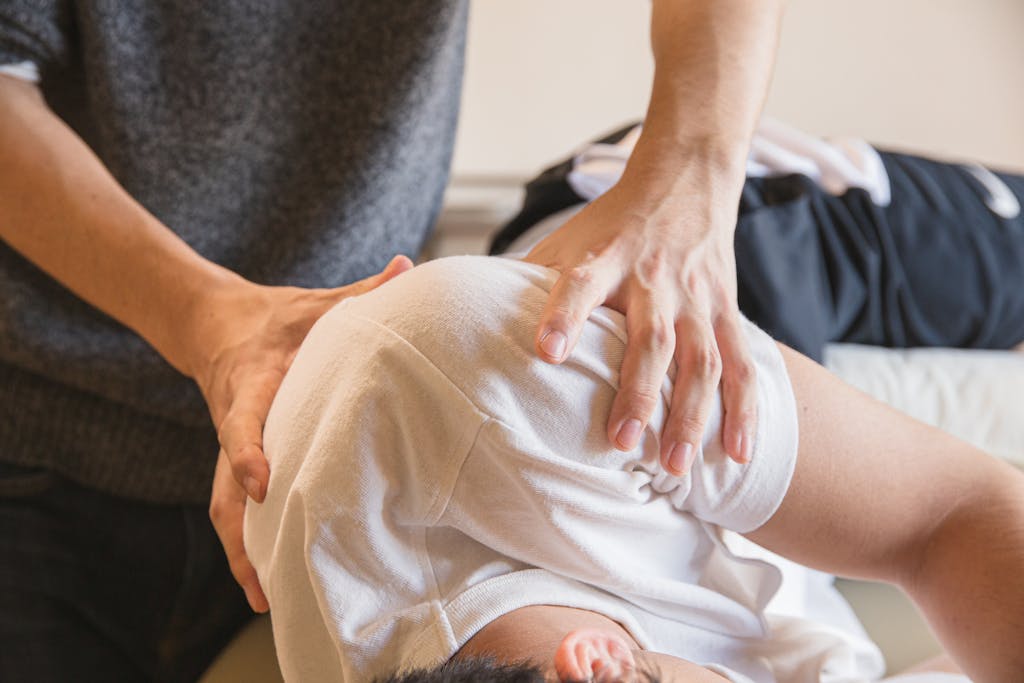
Approximate cost
Research assisted by artificial intelligence (Anthropic) has revealed that you can expect to pay between $80 and $120 per regular session. This service is not covered by RAMQ, but may be covered by private insurance.
My services are usually covered by most insurers.
Here are my rates:
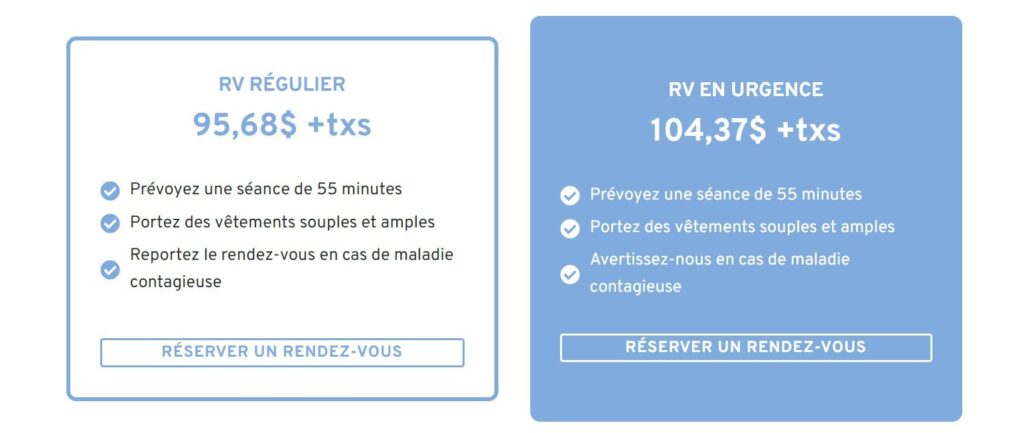
Duration
Allow 3-5 sessions to see if it helps.
Are you tempted by osteo?
The first step is to determine whether it’s right for you.
Here are some great ones to use as reference points. However, this list is not exhaustive and it’s not because I’m trying to hide anything from you 😉
| ✅ Try if… | ❌ Avoid if… |
| Persistent musculoskeletal pain | Looking for a medical diagnosis |
| Your doctor has ruled out serious causes | Very recent pain (less than 48 hours) |
| You prefer to avoid drugs | You suffer from severe osteoporosis |
| You’re ready to play an active role (exercises, advice) | You are taking anticoagulants |
| You understand that it’s not magic | Promises to “cure” serious illnesses |
How to choose a competent osteopath
In an unregulated market, here’s how to identify serious practitioners.
Solid training to look for:
- Minimum 3100 hours of training (recommended by the Office des professions)
- Training at a WHO-certified school
- Regular further training
- Member of an established professional association
Key questions to ask
What exactly is your training, and where did you receive it?
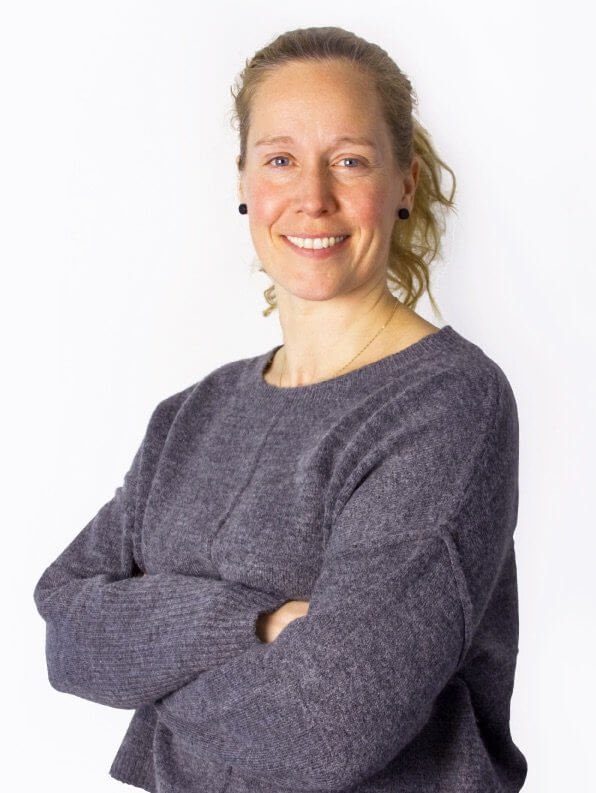
After 13 years in athletic therapy, I decided to take the part-time osteopathic program for health professionals at the Collège d’études ostéopathiques (CEO) de Montréal. This allowed me to continue working at McGill University’s sports clinic during my osteopathic studies.
At the time, osteopathy was not yet taught at university.
I chose CEO Montreal because it was one of the two best osteopathic training schools in Quebec. The other was the Centre ostéopathique du Québec (COQ).
After the closure of the CEOs (Montreal and Quebec City schools) and the COQ, teachers migrated to the universities. As a new university discipline, osteopathy is well on the way to formal recognition and a professional order.
Getting back to my training, I graduated in 2017. I then worked at the Clinique d’Ostéopathie Chambly to gain experience specifically in osteopathy before opening my own clinic.
To find out why I chose osteopathy, read my About page.
Which association are you a member of?
I am a member ofOsteopathy Quebec (OQ). You’ll find me listed in their botin of active members by doing a search: Marie-Claude Dion.
When should I consult a doctor or other healthcare professional?
Even if you trust me, you should know that I have no right to make a diagnosis. Nor am I the right person if you need immediate care. When you make an appointment with me, you’ll be asked to fill in a health questionnaire. In addition to being better prepared to receive you, this allows me to refer you if I shouldn’t be the first person to intervene.
If you want to better understand who does what, I’ve written articles on the differences between osteopaths and other health professionals:
- What’s the difference between an osteopath and a chiropractor?
- What’s the difference between an osteopath and an athletic therapist?
- What’s the difference between an osteopath and a physiotherapist?
How many sessions do you estimate for my type of problem?
I’m usually able to tell my clients the truth about their problem, right from the first meeting. However, unless I know you well, I can’t estimate how long your body will need to recover with my therapeutic support.
Summary
| ✅ Signs that you can probably trust this practitioner… | ❌ Red flags, attention. |
| Carry out a detailed interview before any treatment | Promises to cure serious illnesses (cancer, diabetes, etc.) |
| Collaborates with other health professionals | Systematic criticism of conventional medicine |
| Refers you elsewhere if necessary | Refuses to work with other professionals |
| Explains clearly what he does and why | Talks about “energies” with no anatomical basis |
| Don’t promise the impossible | Can’t justify his training |
After avoiding dubious practitioners, there’s of course a question of fit. Find out whether the osteopath’s approach suits you (in short, do you like him?), whether his availability is convenient for you, whether he can refer you if necessary, and whether you can afford his help.
The nuanced verdict
Osteopathy in Quebec is at a turning point: a profession awaiting official recognition, with real therapeutic potential but highly variable quality of practice.
Reality:
- Current scientific evidence is encouraging but insufficient
- The practitioner’s training and approach make all the difference
- Rigorous osteopaths often achieve better results than general studies suggest
- In the absence of regulations, particular care must be taken in selecting the right product.
If you have persistent musculoskeletal pain and a doctor has ruled out serious causes, osteopathy with a well-trained practitioner may be a relevant treatment option. Choose someone who practises scientifically-based osteopathy, in collaboration with the healthcare system.
Keep this summary as a reminder and share it with friends and family.
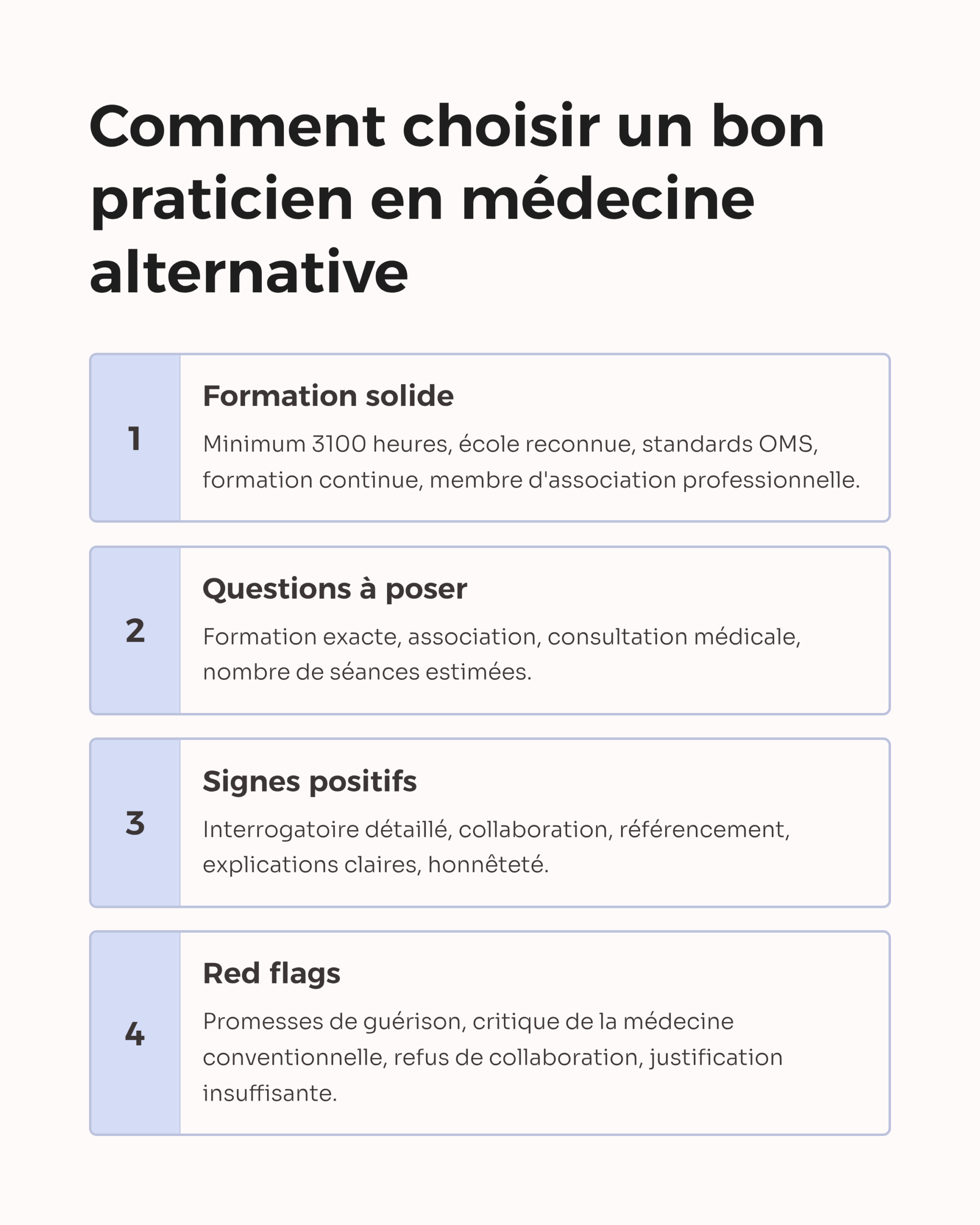
Answers to your questions and comments
Check that he or she is a member of a recognized professional association. Don’t hesitate to ask questions and ask for proof of qualifications.
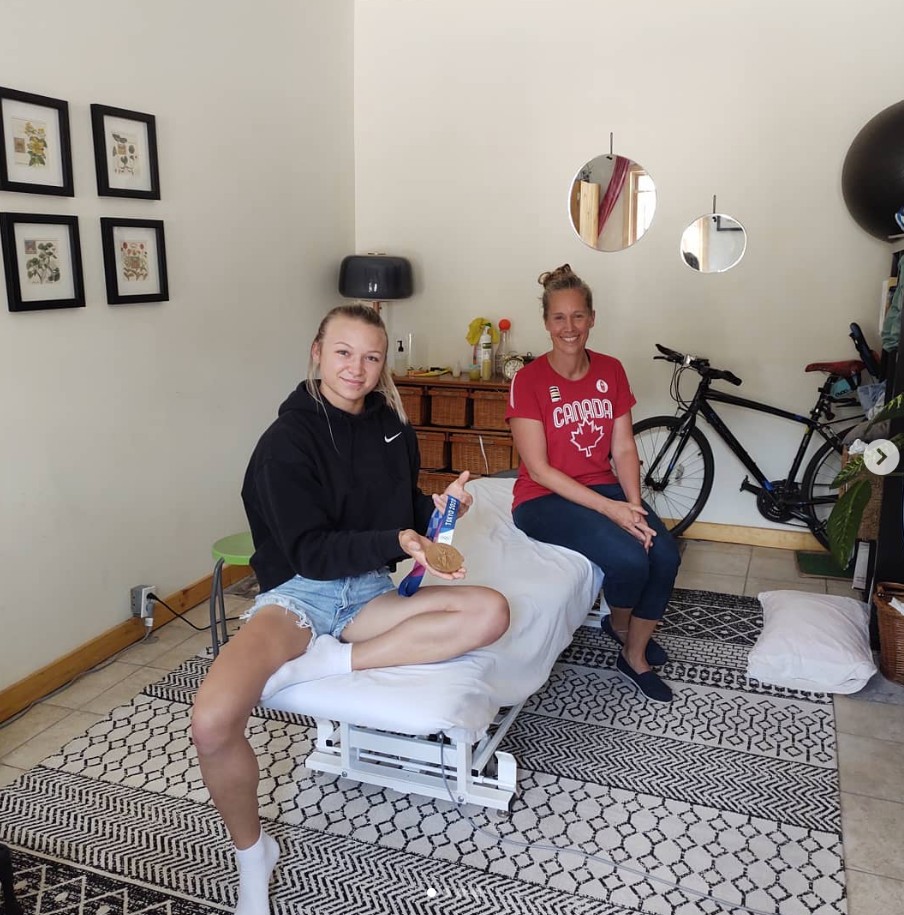
Marie-Claude Dion B. Sc, CAT (C), D.O.
Marie-Claude is a certified athletic therapist, certified first responder and osteopathic member of Osteopathie Québec.
As you read about her, you discover a little about why people adore her: she’s a true expert, generous and caring.
